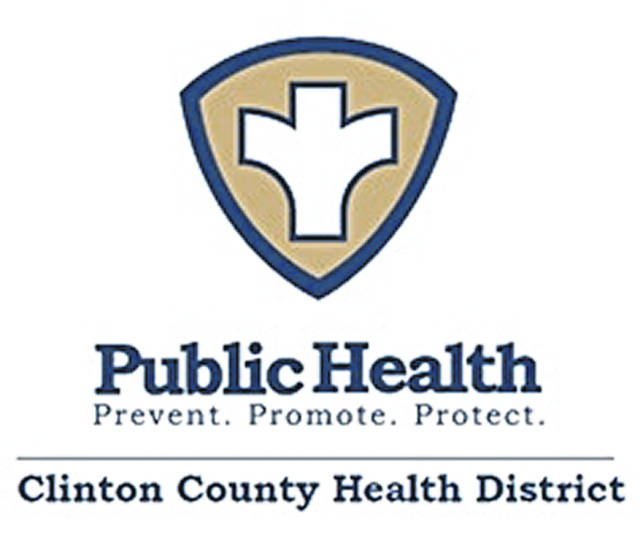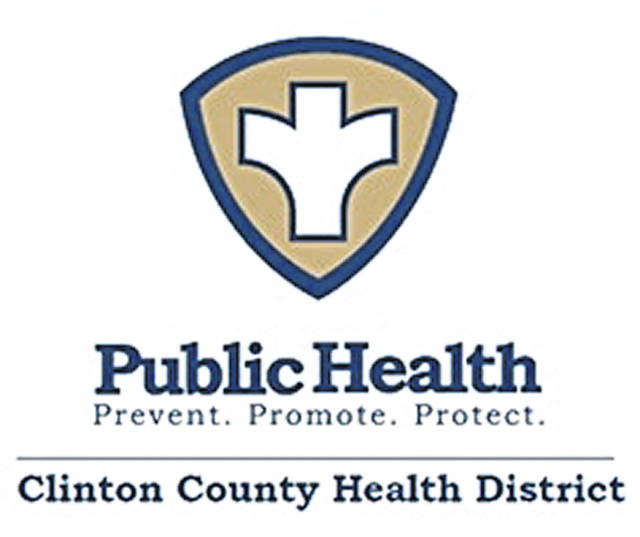



WILMINGTON — The City of Wilmington and the Clinton County Health District report that an analysis of Wilmington’s wastewater indicates that COVID-19 is more prevalent in the community than has been reported.
Since Oct. 14, Wastewater Treatment Plant staff have sent samples twice a week to a Columbus laboratory that tests for COVID-19 genes in wastewater. Results received this week indicate that there was a 10-fold increase in gene copies in Wilmington’s wastewater between Oct. 21 and Nov. 1, according to a news release from the city.
This is considerably higher than the seven-fold increase in known active COVID-19 cases in Clinton County between Oct. 1 (42 cases) and Nov. 9 (280 cases). The increase in gene copies indicates that local cases will continue to rise.
The implications of the test results are that community members need to be diligent in practicing public health guidelines known to slow the spread of the virus: social distancing, wearing a mask in public, avoiding crowds, frequent handwashing, and avoiding mass gatherings.
In early October, the City Wastewater Department agreed to be part of a statewide program, administered by the Ohio Department of Health and the Ohio State University, to monitor the sewage entering the treatment plant on Nelson Avenue.
Generally, COVID-19 cases in communities have been tracked by testing people with symptoms of the disease, an indicator that lags behind the actual spread of the disease. Scientists have sought better early monitoring methods to more accurately gauge the disease’s impact on the broader community.
Research in the U.S. and elsewhere has shown that genes from the virus that causes COVID-19 are contained in the feces of infected people, including those who are symptomatic and those who are asymptomatic. The genes can be detected in wastewater as many as three to seven days before those infections lead to increases in case counts.



